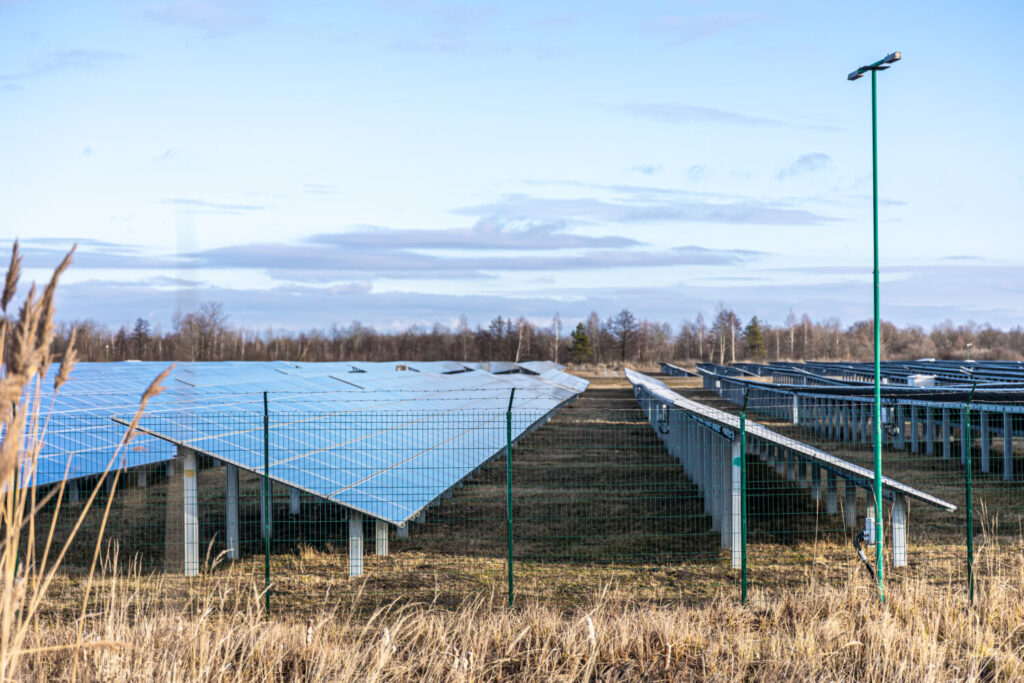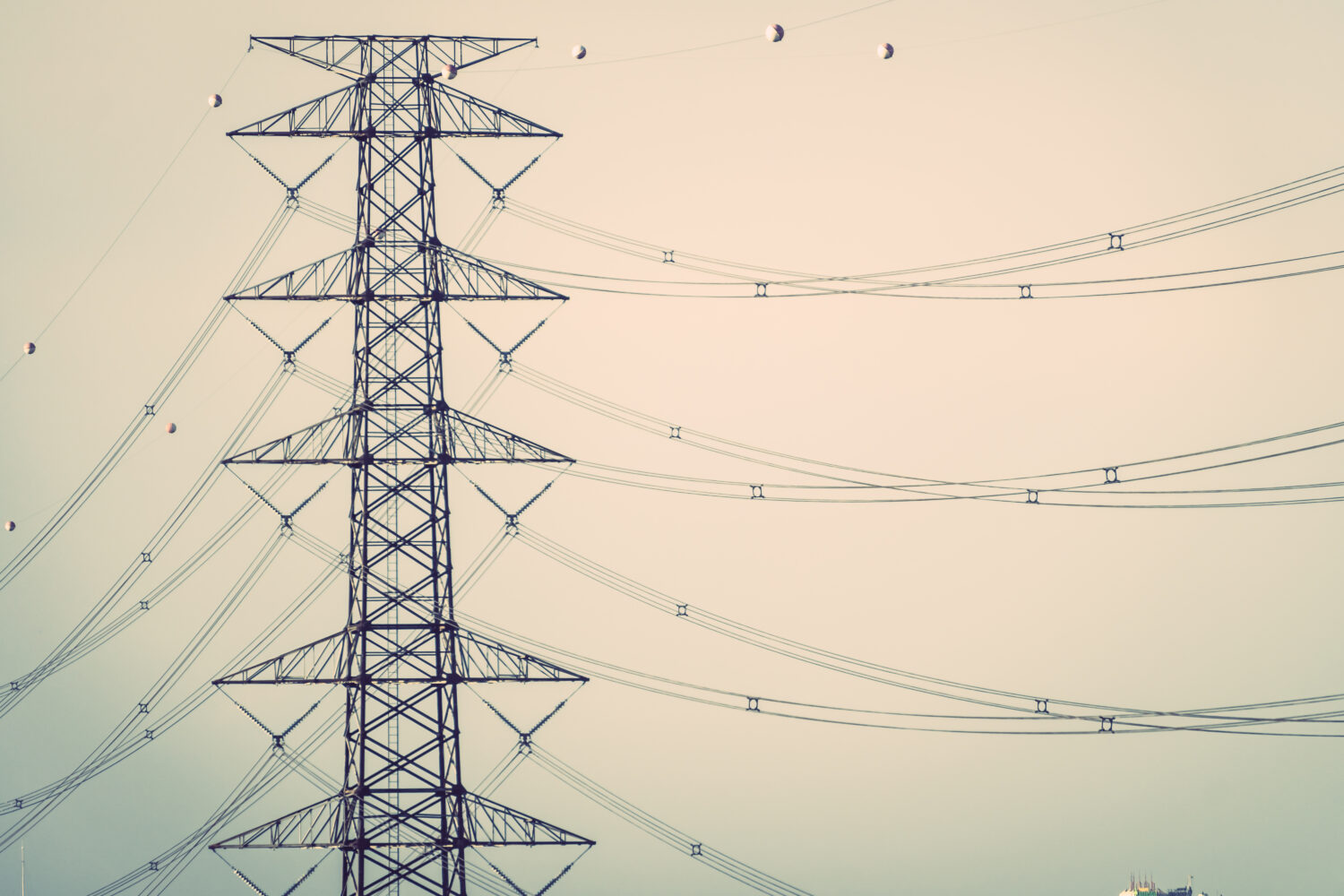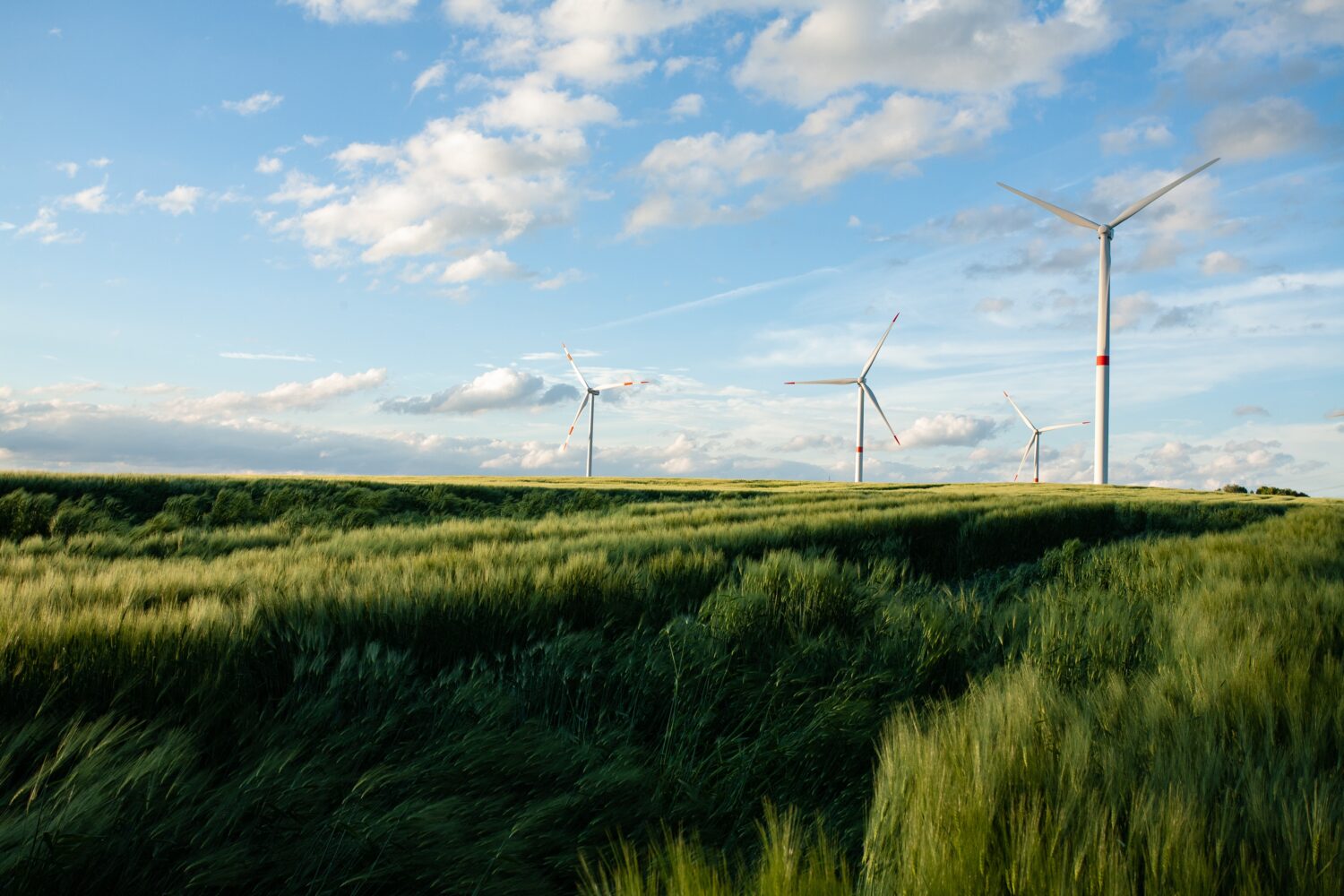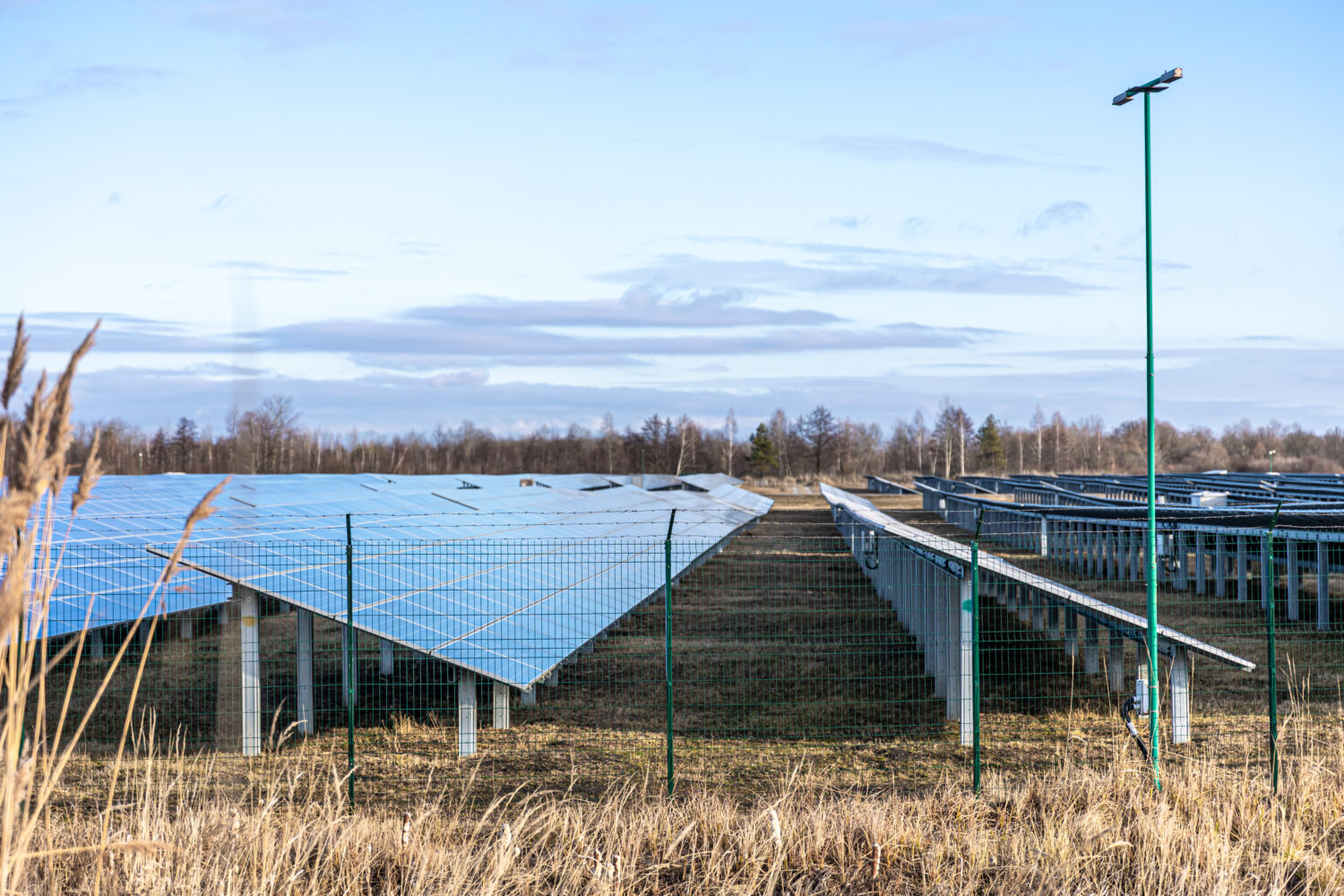Written By: Emily Turk, Catalyst Partners
The U.S. Green Building Council (USGBC) is ushering in a new era of green building with the launch of LEED v5—the most ambitious and transformative update to the LEED rating system in over a decade. Building on a 25 year legacy of global impact and designed to align with the urgency of climate action, community resilience, and ecological stewardship, LEED v5 reflects a bold recalibration of what leadership in sustainability truly means.
As the climate crisis intensifies and societal expectations around equity and health evolve, the building industry faces mounting pressure to respond. LEED v5 is more than just an update: it’s a strategic realignment of green building priorities to reflect today’s environmental, social, and economic realities. The new version offers greater flexibility for diverse projects; stronger performance standards tied to carbon, health, and equity; and streamlined tools and digital resources for easier implementation. Additionally, LEED v5 introduces a commitment to regular five-year updates, ensuring the system evolves with the market’s needs and keeps pace with innovation.
LEED v5 is built around three major impact areas that signal a shift from incremental improvements to system-wide transformation. The first is decarbonization. This pillar directly addresses carbon emissions from operational energy use, embodied materials, and transit. All projects must now complete carbon projections through 2050 to guide long-term decarbonization strategies. Additionally, Platinum-level LEED projects must meet new minimum performance thresholds for carbon, with a strong emphasis on electrification and the elimination of on-site combustion.
The second pillar is quality of life, which recognizes buildings as sources for humans to flourish. LEED v5 introduces requirements such as a Human Impact Assessment that explores demographics, land use, health impacts, and local infrastructure. A Climate Resilience Assessment is also mandated, helping project teams identify and address site-specific hazards. These assessments support the design of spaces that are inclusive, health-promoting, and resilient to climate stressors.
The third major focus area is ecological conservation and restoration. LEED v5 emphasizes a reciprocal relationship with nature, promoting strategies that conserve and restore natural habitats while planning for zero waste operations. New requirements encourage the use of materials that support biodiversity, circular economy principles, and social equity.
Each credit category within LEED BD+C v5 has been restructured to align with these overarching goals. Highlights include:
- Integrative Process: adds new prerequisites for Climate Resilience, Human Impact, and Carbon Assessments
- Location & Transportation: introduces new credits for Equitable Development and Transportation Demand Management.
- Sustainable Sites: includes new resilient site design strategies that reduce vulnerability to natural disasters.
- Water Efficiency: introduces the option to address whole-project water use with an expanded focus on water reuse; updated to also include leak detection.
- Energy & Atmosphere: includes requirements for all projects to develop an Operational Carbon Projection and Decarbonization Plan. Updated energy modeling methodologies, electrification, and refrigerant management are also emphasized, alongside enhanced commissioning and renewable energy credits.
- Materials & Resources: adds new prerequisites for Embodied Carbon Assessment, requiring teams to quantify the global warming potential of building components and plan for zero waste operations. Credits also promote materials from a multi-attribute perspective, including responsible procurement, lifecycle analysis, and social equity.
- Indoor Environmental Quality: reshaped to emphasize resilient spaces, accessibility, and improved air quality. New strategies address thermal comfort, operable windows, and occupant experience in more nuanced ways.
- Project Priorities: merges Innovation and Regional Priority credit categories to provide project teams more flexibility to address the unique attributes and needs of a specific project.
Additionally, an updated user interface supports early project assessment and ongoing portfolio alignment. As the system encourages early adopter leadership, cross-disciplinary collaboration and early investment are positioned as key drivers of long-term success and market advantage.
With the official launch of LEED v5 in April 2025, projects can now register their project and begin their journey toward certification. To support learning and adoption, educational programming will be available at the USGBC’s Greenbuild conference in Los Angeles in November 2025 with a myriad of opportunities to discover more about LEED v5 between now and then.
Whether you are a building owner, architect, engineer, or sustainability consultant, LEED v5 represents a powerful opportunity to lead. Early engagement—through assessment, collaboration, and planning—is essential to unlock the full potential of this forward-thinking framework. LEED v5 is not just a rating system; it is a roadmap to a regenerative and resilient future. With its sharper focus on decarbonization, human health, and ecological balance, LEED v5 empowers us to design not only for performance but for purpose.
To explore LEED v5 in detail, visit www.usgbc.org/leed/v5.





